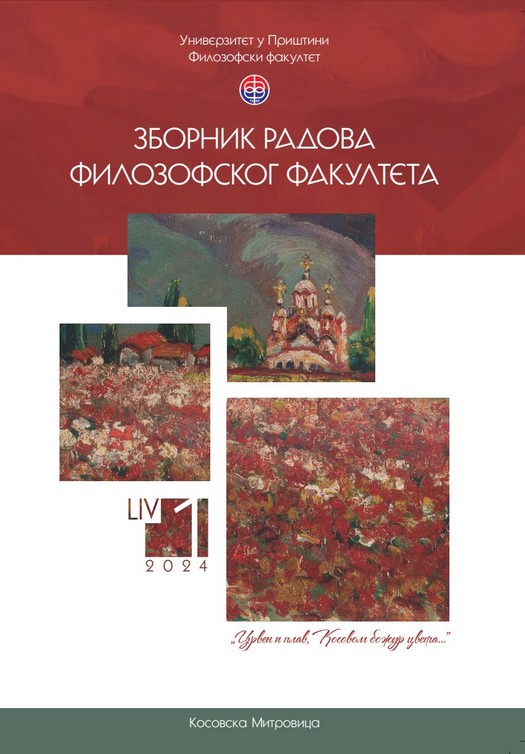Author(s): Vladimir Papić / Language(s): Serbian
Issue: 181/2023
This paper presents a comparative analysis of Ljubomir Simović’s play Hasanaginica (1973) and its stage adaptation, performed by the Novi Sad Theatre ensemble (playwright Vedrana Božinović, director Urbán András), which won the Sterija Award for the best play in 2019. We analyze the construction of the gender identity of male and female characters, whose representation is based on a folk ballad, and which is upgraded in the play and stage performance. By modernizing the artistic process and using dramatic elements, the fate of Hasanaginica is transferred to the general plan, representing the universal human destiny in modern patriarchal and capitalist repressive societies. We also analyze the complex relationship between the figures of the famous man-warrior and the unnamed woman-mother, who are both oppressed due to political, religious, national and other interests. The Novi Sad Theatre production shows a woman who suffers and who protests, in her various hypostases – from mother and wife to actress. András Urbán and Vedrana Božinović present them through two parallel streams – shortened Simović’s scenes on the one hand, and metatheatre on the other, in which the ensemble goes beyond the characters of Simović’s text and in his own name narrates/sings/shouts about the problems of women and actresses in modern (still) patriarchal theatre and everyday life. Hasanaginica is presented as someone’s wife, mother or sister, but never a subject who acts. She can speak any language (even Hungarian), but she does not have the right of the freedom of opinion and expression. Her tragic death brings viewers to catharsis. Hasanaga, on the other hand, experiences masculine stress because he cannot fulfil the expectations of the society and family. Ljubomir Simović’s play shows the personal fate of a broken and unhappy family because of the laws that need to be followed, but also changed, when they lose their function. The human being as an individual is lost in the expectations that (patriarchal or any other) law imposes on him, and due to personal frustration, he cannot be found and realized in the world. A woman is portrayed as an obedient sexual object, as a whore, mother and housewife, whose survival is based on male intelligence and abilities. On the other hand, a man is presented as an insecure, frustrated mechanical penis, which could not survive without a woman’s intelligence, strength and care. In the end, a universal conclusion is reached – in a repressive society, everyone is nobody and nothing, regardless of their gender, sexuality, social position, religion or nation.
More...

